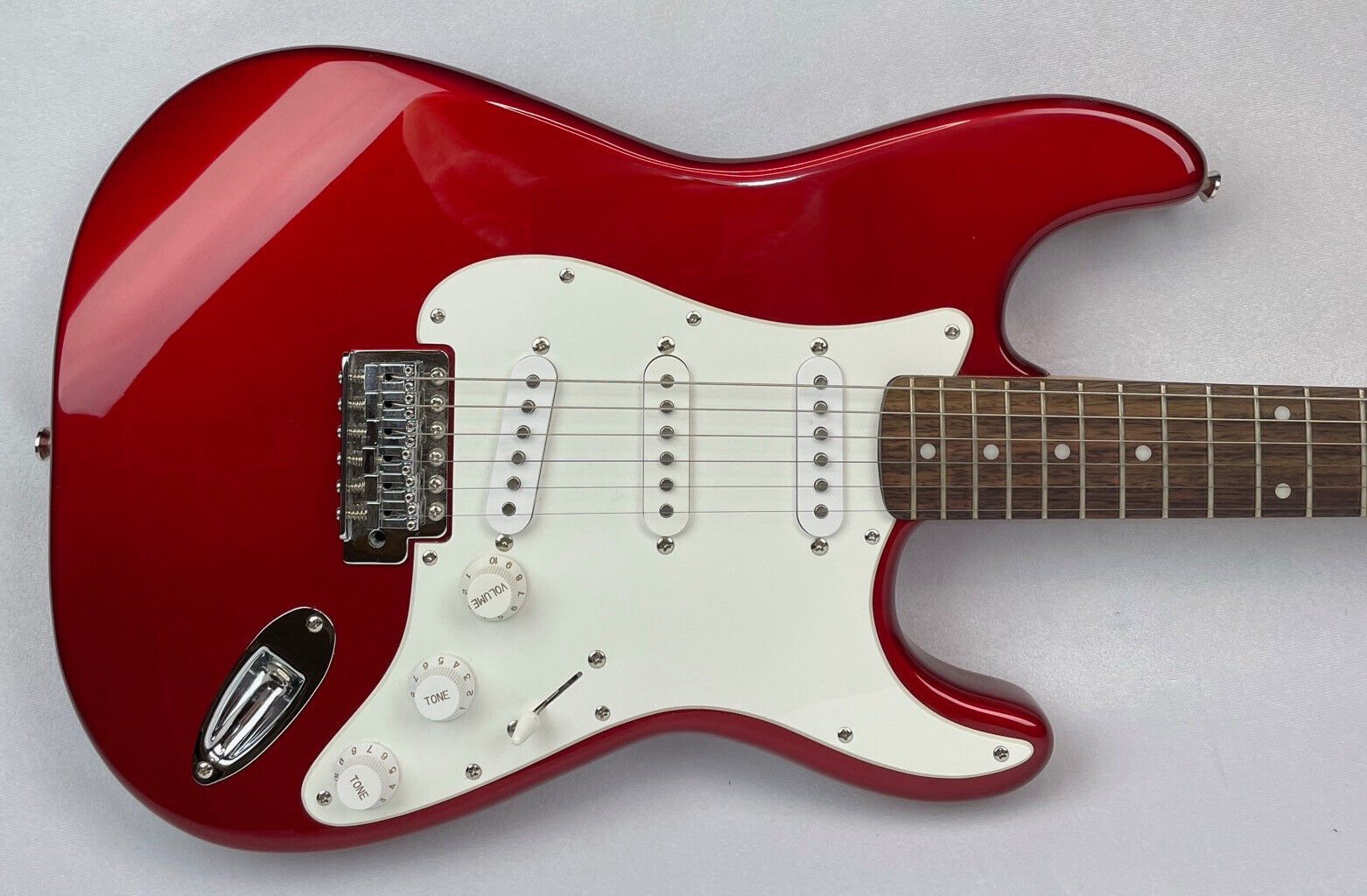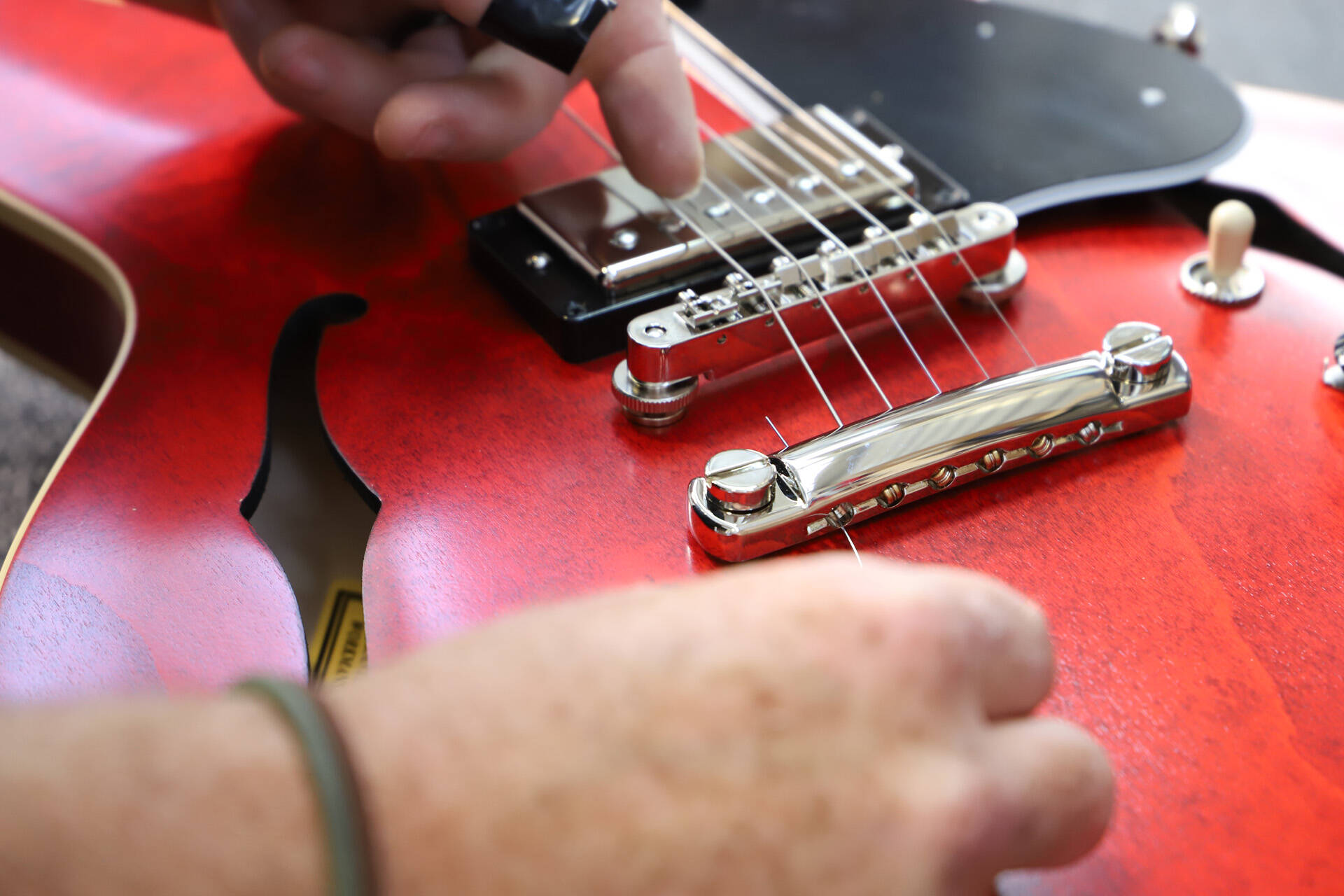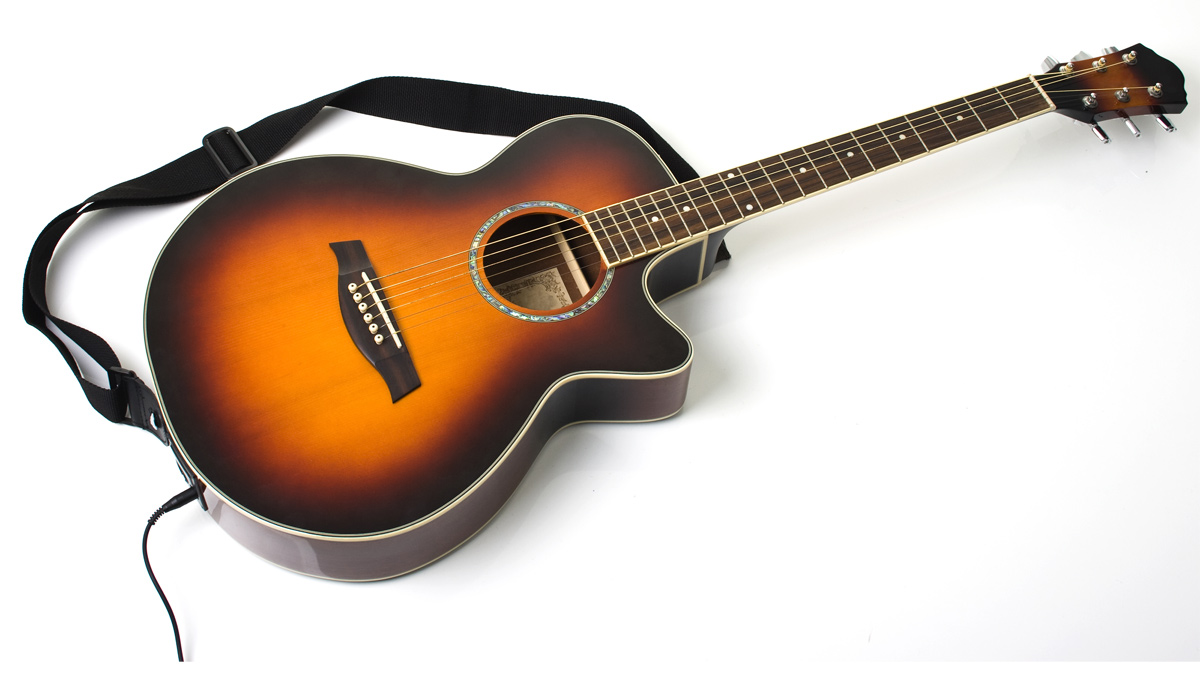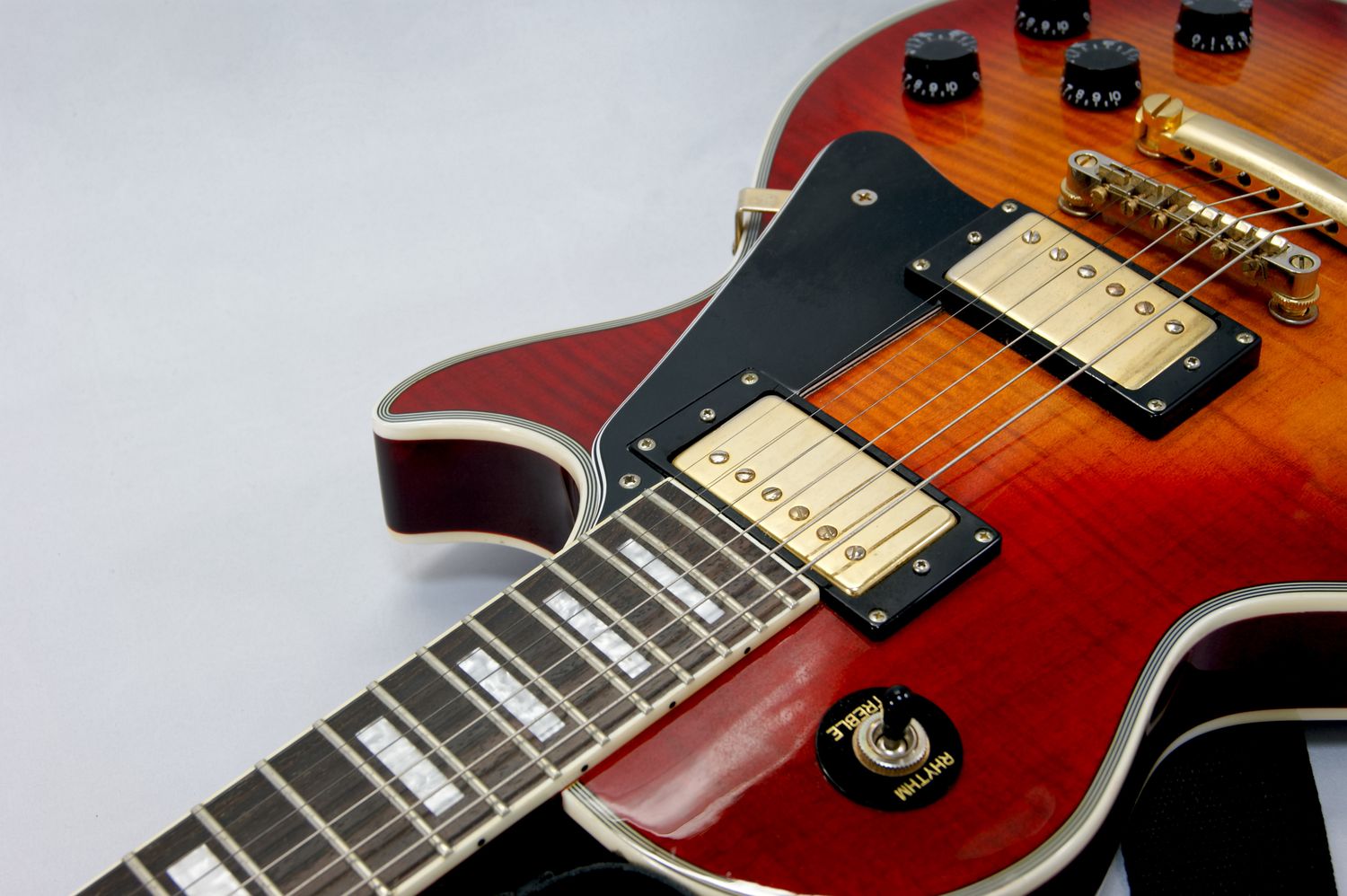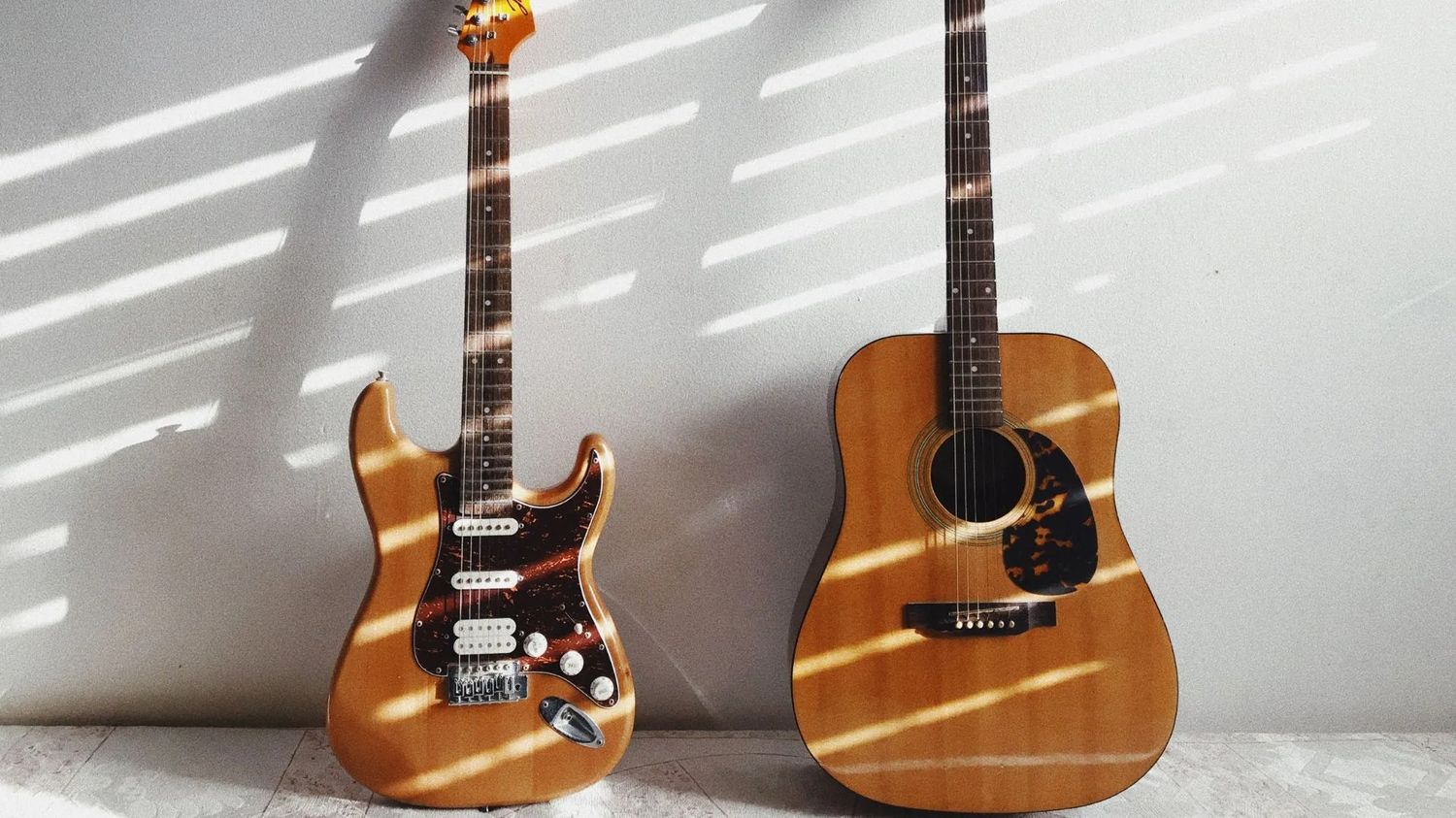Home>Instruments>Guitar>How To Choose An Electric Guitar
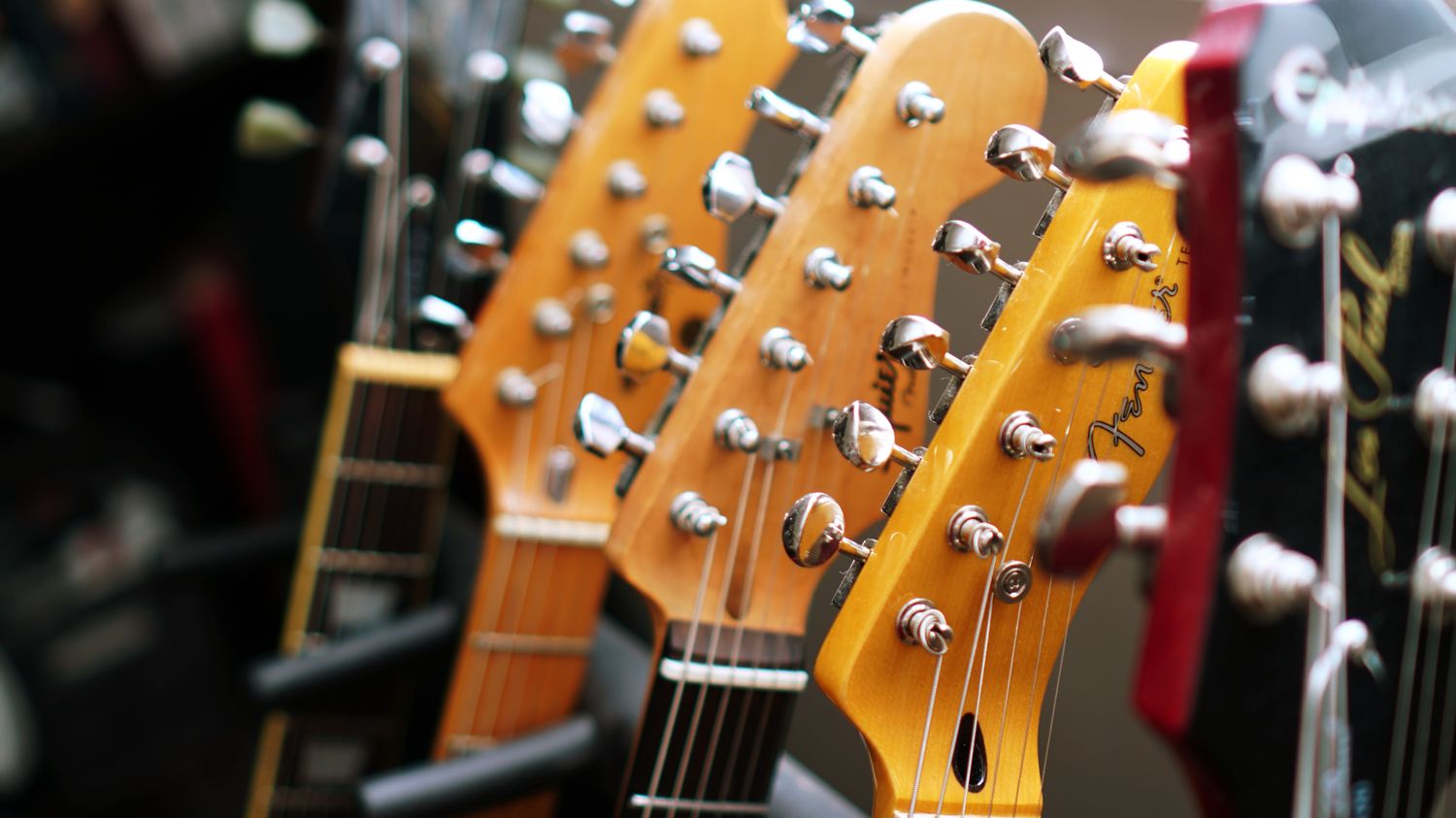

Guitar
How To Choose An Electric Guitar
Modified: February 15, 2024
Learn how to choose the perfect electric guitar for your needs with our expert guide. Find the best guitar for you and start playing today!
(Many of the links in this article redirect to a specific reviewed product. Your purchase of these products through affiliate links helps to generate commission for AudioLover.com, at no extra cost. Learn more)
Table of Contents
Introduction
So, you've decided to step into the electrifying world of electric guitars. Whether you're a seasoned acoustic player making the switch or a complete beginner eager to plug in and rock out, choosing the right electric guitar is a crucial decision. With a wide array of options available, it's essential to consider various factors to ensure that the guitar you select aligns with your playing style, preferences, and budget.
In this comprehensive guide, we'll walk you through the essential considerations for choosing an electric guitar. From understanding the impact of body type on tone to the significance of pickups and electronics, we've got you covered. By the end of this journey, you'll feel confident and empowered to make an informed decision when selecting your electric guitar.
The world of electric guitars is vast and diverse, offering an abundance of options to cater to different musical genres and playing styles. Whether you're drawn to the classic rock tones of a Gibson Les Paul or the sleek, modern feel of a Fender Stratocaster, there's a perfect electric guitar out there waiting for you. So, let's dive in and explore the key factors that will guide you toward finding the electric guitar of your dreams.
Consider Your Playing Style
When embarking on the quest for the ideal electric guitar, it’s crucial to consider your playing style. Are you a blues aficionado, a shredding metal virtuoso, or a versatile player who dabbles in various genres? Your preferred musical genres and playing techniques will significantly influence the type of electric guitar that best suits your needs.
If you’re drawn to blues, classic rock, or jazz, a guitar with a rich, warm tone and excellent sustain would be ideal. In this case, you might lean towards a semi-hollow or hollow-body electric guitar, such as the iconic Gibson ES-335, known for its smooth, mellow tones. On the other hand, if you’re venturing into the realms of heavy metal or hard rock, a solid-body guitar with high-output pickups, like the Jackson Soloist or the Ibanez RG, may be more fitting for the aggressive tones and rapid, intricate playing styles associated with these genres.
For those who seek versatility and enjoy exploring a wide range of musical styles, a solid-body guitar with a selection of pickups, such as a Fender Stratocaster or a PRS Custom 24, offers a diverse palette of tones to accommodate various genres and playing techniques.
Understanding your playing style and the sonic characteristics that align with it will guide you toward electric guitars that complement your musical expression. By considering these factors, you’ll be better equipped to narrow down your options and find an electric guitar that resonates with your unique musical identity.
Choose the Right Body Type
The body type of an electric guitar plays a pivotal role in shaping its tone, ergonomics, and overall feel. When selecting an electric guitar, it’s essential to consider the various body types available and how they align with your preferences and playing style.
One of the most iconic body shapes is the solid-body design, exemplified by the legendary Fender Stratocaster and Gibson Les Paul. Solid-body guitars are known for their versatility, sustain, and resistance to feedback, making them well-suited for a wide range of musical genres. Their ergonomic contours and relatively lightweight construction also contribute to their popularity among performers.
Alternatively, semi-hollow and hollow-body electric guitars offer a different sonic and aesthetic experience. These guitars, such as the Gibson ES-335 and the Gretsch White Falcon, feature a hollow or semi-hollow chamber within the body, resulting in a warmer, more resonant tone with enhanced acoustic properties. They are favored by players seeking a vintage sound and a touch of acoustic-like resonance.
Exploring the diverse body types available, from the sleek contours of a double-cutaway to the timeless elegance of a single-cut design, allows you to assess not only the tonal characteristics but also the comfort and playability that each body type offers. By considering factors such as weight, balance, and upper-fret access, you can narrow down the options to find an electric guitar that feels like an extension of your musical expression.
Pickups and Electronics
When delving into the realm of electric guitars, understanding pickups and electronics is paramount in shaping the instrument’s sonic capabilities. Pickups, which capture string vibrations and convert them into electrical signals, play a crucial role in defining the guitar’s tonal character. There are several types of pickups, each offering distinct sonic qualities.
Single-coil pickups, known for their bright and articulate sound, are commonly found on guitars such as the Fender Stratocaster. They deliver a crisp, clear tone with excellent note definition, making them well-suited for genres like blues, rock, and surf music. On the other hand, humbucker pickups, featured on guitars like the Gibson Les Paul, offer a warmer, thicker sound with reduced susceptibility to electrical interference, making them a popular choice for hard rock, metal, and jazz styles.
Additionally, the configuration of pickups, such as the number and placement, contributes to the guitar’s sonic versatility. A guitar with multiple pickups and a selector switch allows for a wide range of tonal options, empowering players to explore various sounds within a single instrument.
Furthermore, the electronic components, including tone and volume controls, as well as switches for coil splitting or phase reversal, can significantly impact the guitar’s sonic flexibility. Understanding these features enables players to fine-tune their sound and adapt to different playing scenarios.
Whether you’re drawn to the snappy twang of single-coil pickups or the robust roar of humbuckers, evaluating the pickups and electronics of an electric guitar is essential in aligning the instrument with your sonic preferences and musical aspirations. By considering these elements, you can embark on a sonic journey that resonates with your unique artistic vision.
Neck and Fretboard
When selecting an electric guitar, the neck and fretboard play a pivotal role in determining playability, comfort, and overall feel. These components not only influence the physical experience of playing the instrument but also contribute to its sonic characteristics and versatility.
The neck profile, which refers to the shape and dimensions of the neck, can significantly impact the player’s comfort and technique. Whether it’s a slim, fast-playing neck commonly found on guitars designed for shredding and lead guitar work, or a chunkier, more substantial neck favored by players seeking added resonance and stability, the neck profile should align with your playing style and ergonomic preferences.
Furthermore, the fretboard material and radius contribute to the guitar’s playability and tonal response. Rosewood fretboards are known for their warm, rounded tones and smooth feel, while maple fretboards offer bright, snappy tones with enhanced clarity. The fretboard radius, which determines the curvature of the fretboard, influences the ease of string bending and chord voicings, making it an essential consideration for players with specific technical requirements.
Additionally, the number of frets on the guitar, typically 21, 22, or 24, can impact the instrument’s range and playability, particularly for lead guitarists who require extended access to higher notes. Whether you prefer the vintage charm of a 21-fret instrument or the extended range of a 24-fret guitar, the fret count contributes to the guitar’s sonic and expressive capabilities.
By carefully evaluating the neck profile, fretboard material, radius, and fret count, you can ensure that the electric guitar you choose not only feels comfortable and effortless to play but also resonates with your sonic preferences and technical requirements. The neck and fretboard are where the player and the instrument converge, forming a harmonious connection that empowers musical expression and creativity.
Consider Your Budget
As you embark on the journey of choosing an electric guitar, it’s essential to consider your budget and how it aligns with the available options. Electric guitars come in a wide range of price points, from budget-friendly entry-level instruments to high-end, custom-crafted masterpieces. Understanding your budgetary constraints and expectations will guide you toward finding a guitar that offers the best value and performance within your financial means.
For beginners or players exploring the electric guitar for the first time, entry-level instruments from reputable brands offer a solid foundation for learning and experimentation without breaking the bank. These guitars often provide good playability, essential tonal characteristics, and reliable construction, making them an excellent starting point for honing your skills and discovering your musical preferences.
Mid-range electric guitars cater to intermediate players and enthusiasts seeking higher-quality construction, enhanced tonal versatility, and advanced features. These instruments often boast improved hardware, electronics, and overall craftsmanship, offering a significant step up in performance and sonic capabilities compared to entry-level models.
At the higher end of the spectrum, premium electric guitars showcase top-tier materials, meticulous craftsmanship, and cutting-edge innovations. These instruments are crafted to deliver exceptional playability, sonic excellence, and aesthetic refinement, making them coveted treasures for discerning professionals and collectors.
By establishing a clear budget and understanding the trade-offs between price, performance, and features, you can make an informed decision that aligns with your current stage as a player and your long-term musical aspirations. Whether you’re seeking an affordable entry point, a mid-range workhorse, or a top-of-the-line masterpiece, there’s an electric guitar that meets your needs and inspires your musical journey.
Test and Compare
Once you’ve narrowed down your options and identified electric guitars that pique your interest, it’s time to embark on the exhilarating process of testing and comparing these instruments. While researching online and reading reviews can provide valuable insights, nothing compares to the hands-on experience of playing and evaluating guitars in person. Whether you visit a local music store or attend a guitar expo, the opportunity to test and compare different models is invaluable in finding the perfect match for your musical journey.
When testing electric guitars, consider factors such as playability, ergonomics, and tonal versatility. Assess how the instrument feels in your hands—does the neck profile align with your playing style? Is the weight and balance comfortable for extended playing sessions? These ergonomic considerations contribute to the overall enjoyment and ease of playing the guitar.
Furthermore, explore the sonic capabilities of the guitar by experimenting with different pickup settings, adjusting tone and volume controls, and exploring the instrument’s dynamic range. Pay attention to the clarity of individual notes, the sustain of sustained passages, and the responsiveness of the guitar to various playing techniques. This hands-on exploration allows you to uncover the sonic nuances and expressive potential of each instrument.
Comparing multiple guitars side by side provides valuable insights into their unique tonal characteristics, playability, and overall vibe. Take your time to play various styles and genres, from delicate fingerpicking to aggressive power chords, to gauge how each guitar responds to different playing techniques and musical expressions.
Additionally, don’t overlook the visual and aesthetic aspects of the guitars. Consider the craftsmanship, finish, and overall aesthetic appeal, as these elements contribute to the pride and inspiration you’ll derive from owning and playing the instrument.
By immersing yourself in the experience of testing and comparing electric guitars, you’ll gain a deeper understanding of each instrument’s unique personality and how it resonates with your musical sensibilities. This hands-on journey is an essential step toward finding the electric guitar that ignites your passion and propels your musical creativity to new heights.
Conclusion
Choosing an electric guitar is a deeply personal and transformative experience that goes beyond the realm of mere instrument selection. It’s a journey of self-discovery, sonic exploration, and creative empowerment. As you navigate the diverse landscape of electric guitars, consider the following key takeaways to guide you toward finding the perfect instrument:
- Align with Your Playing Style: Whether you’re drawn to blues, heavy metal, or a diverse range of genres, understanding your playing style and sonic preferences is crucial in selecting a guitar that resonates with your musical expression.
- Explore Body Types: The body type of an electric guitar significantly influences its tone and playability. Whether it’s a solid-body, semi-hollow, or hollow-body design, consider how the body type aligns with your sonic and ergonomic needs.
- Delve into Pickups and Electronics: The pickups and electronics of a guitar shape its sonic capabilities. Whether you prefer the bright articulation of single-coil pickups or the robust warmth of humbuckers, understanding these elements empowers you to craft your sonic identity.
- Embrace the Neck and Fretboard: The neck profile, fretboard material, and fret count contribute to the playability and sonic versatility of the guitar. Find a neck and fretboard combination that feels comfortable and inspires your musical creativity.
- Consider Your Budget: Establish a clear budget that aligns with your current stage as a player and your long-term musical aspirations. Whether you’re seeking an entry-level gem, a mid-range workhorse, or a premium masterpiece, there’s an electric guitar that meets your needs.
- Immerse Yourself in Testing and Comparing: The hands-on experience of testing and comparing guitars is invaluable. Explore the playability, sonic capabilities, and aesthetic appeal of different models to find the perfect match for your musical journey.
Ultimately, choosing an electric guitar is about finding an instrument that not only meets your technical requirements but also resonates with your soul. It’s about discovering a sonic companion that inspires you, empowers you, and becomes an extension of your musical voice. As you embark on this transformative quest, trust your instincts, embrace the journey, and let the music guide you toward the electric guitar of your dreams.

